The OnePlus 2 Review
by Brandon Chester on December 14, 2015 8:00 AM EST- Posted in
- Smartphones
- Mobile
- OnePlus
- OnePlus 2
Software: Oxygen OS
The OnePlus 2 ships with OnePlus's skin on Android. It's officially advertised as Oxygen OS, although I don't understand why it's branded like it's a separate operating system when it's actually one of the least intrusive Android skins that you'll see. Many of the additions center on customization, while the interface in general is pretty much unchanged apart from some tweaks to icons and the launcher.
During the setup you'll see that there are some additional screens that have been added which relate to setting up the fingerprint scanner and some additional inclusions like the option to use SwiftKey instead of the standard Google keyboard. On the topic of the fingerprint scanner, it seems to work fine. I find that it's not as quick as the latest Touch ID or Nexus Imprint, but it usually scans my finger correctly and you just have to touch the capacitive home button to wake up and unlock the phone. The set up process could use some work though. You need to touch your finger to the home button a great number of times, and there's no hints letting you know whether you're doing it correctly and if you're covering all the required parts of your fingerprint. I had to go through the process again and ensure that I scanned all the edges of my print, as initially I was having some issues with recognizing one side of my thumb.
Once you get into the core OS, you find something that's fairly reminiscent of Google's version of Android. OnePlus has obviously made some small visual tweaks and changed around some icons, but it's much more similar to a Motorola or a Nexus phone than a Samsung or LG phone. There are some tweaks that I simply don't understand though. For example, when swiping down the notification drawer from the right side of the display it will automatically go straight to the quick toggles. This is honestly just a hassle when you want to check your notifications. Swiping from the left side doesn't trigger this behavior, but the phone is so big that you will never find yourself swiping down from that position. This is the sort of thing that should really just be left alone, as it's altering behavior that is consistent and well defined on most other devices. Some may argue that this isn't an issue because OnePlus allows you to swipe down anywhere on the home screens to open the notification drawer, but that doesn't fix the issue when you're in the app drawer or inside of an application.
There are some nice additions that OnePlus has made to the OS. For example, you can make some changes to the icons in the quick toggle drawer, and you can enable or disable gestures like double tap to wake, or draw a V to toggle a flashlight. You can also choose to use software keys instead of the capacitive hardware buttons, which I personally wouldn't do but there's nothing wrong with having the option. An interesting addition is the ability to swap the order of the recent apps and back buttons, which is likely why OnePlus decided to not put any specific icons on those keys. That feature has actually really useful for me, as for some reason whenever I use capacitive buttons I immediately default to using them in that manner because that's how they're laid out on Samsung phones. There are additional customizations such as the behavior when long pressing the capacitive keys, but I haven't messed around with them very much.
A feature that's currently in beta which I've found to be quite interesting is OnePlus's Shelf feature. This is essentially a screen that takes the spot where Google Now would usually be, and it's a customizable area where you can pin widgets that you access frequently, along with some custom panes like frequent apps and frequent contacts. I actually don't use Google Now on my core Google account for privacy reasons, so I thought that this feature was kind of interesting. If you are a Google Now user I don't think it's as useful overall, and there's unfortunately no way to put Google Now there instead which is a shame. The feature is technically in beta so I don't want to be too critical of it, but one thing that continues to stand out is the seemingly hardcoded message at the top which wishes you a good morning, even when it's 11pm at night. I have had it show good evening once, but it was actually 8am at the time. I assume that's something that'll be worked out in a future update.
As for UI performance, I don't have much praise. What shocked me is that right out of the box I noticed that the OnePlus 2 felt really sluggish. Swipes weren't as responsive as many devices I've used recently, apps hesitated before opening, and there were noticeable frame drops. I remember remarking to Josh that the phone reminded me a lot of the Moto E and Moto G, in that it tends to feel like there's a longer touch delay and more load times than what we've come to expect from high end smartphones. After realizing that the phone is so hesitant to use its Cortex A57 cores, it's no longer a surprise that it feels like a Moto G, because both phones are doing almost everything on a quad core Cortex A53 cluster, with the OnePlus 2 just being 150MHz faster.
I admittedly never had much time with the OnePlus One to compare with CM11S, but as far as $400 devices go the OnePlus 2 doesn't offer acceptable performance even for basic UI navigation and web browsing. This is really the deal breaker for me. A phone like the Moto G offers similar UI and app performance for half the price, and at $400 you could go get a Nexus 5X or find a deal on a phone like the LG G4 or Galaxy S6, all of which offer far more responsive interfaces and just all around better performance. While these issues are due to the CPU management rather than the result of OnePlus's Android skin, they certainly impact how users will perceive the performance of the phone's software, and subsequently the performance of the device as a whole.


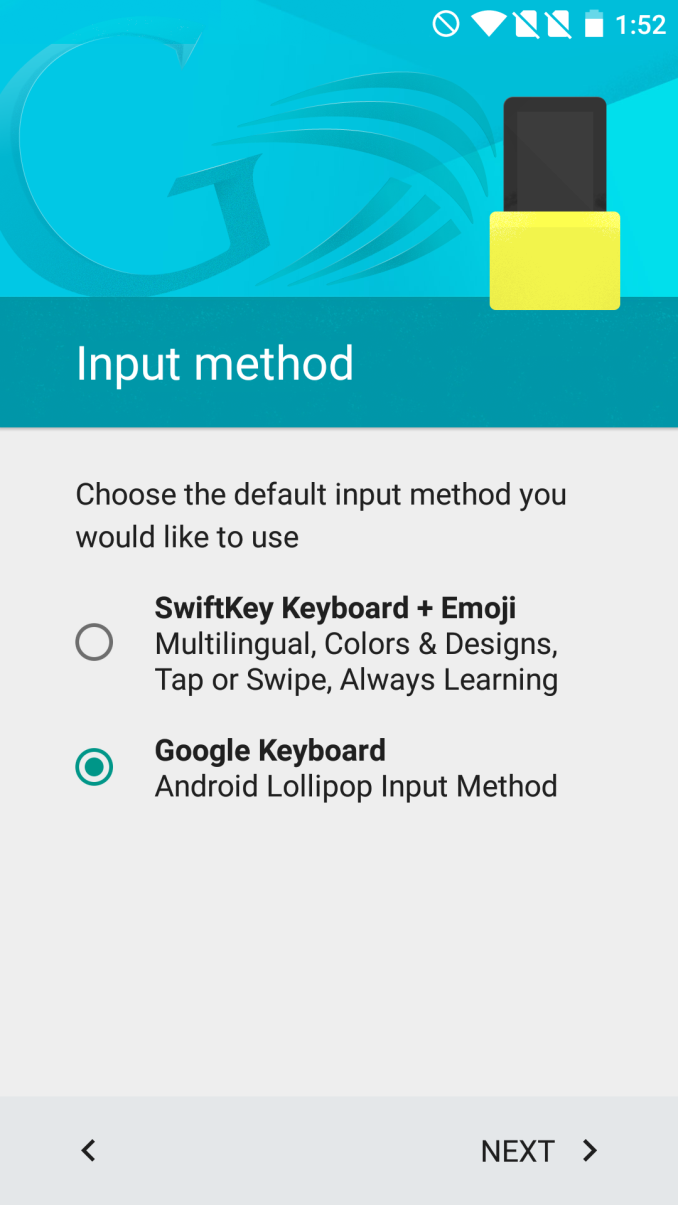
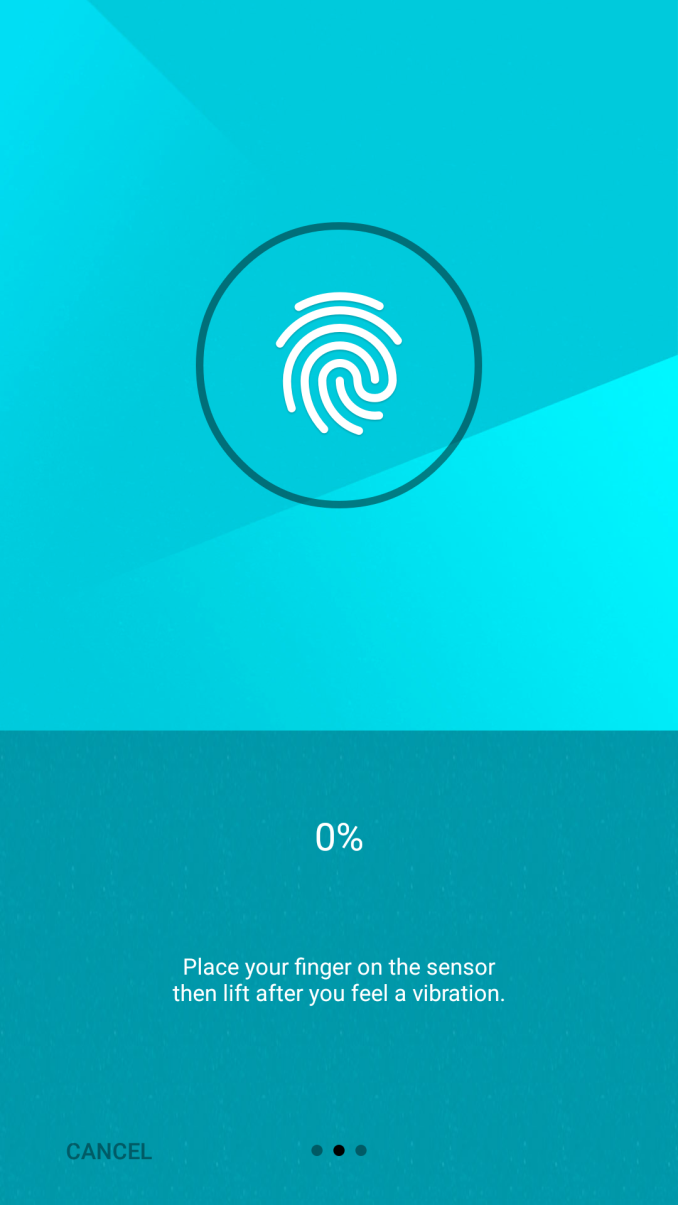

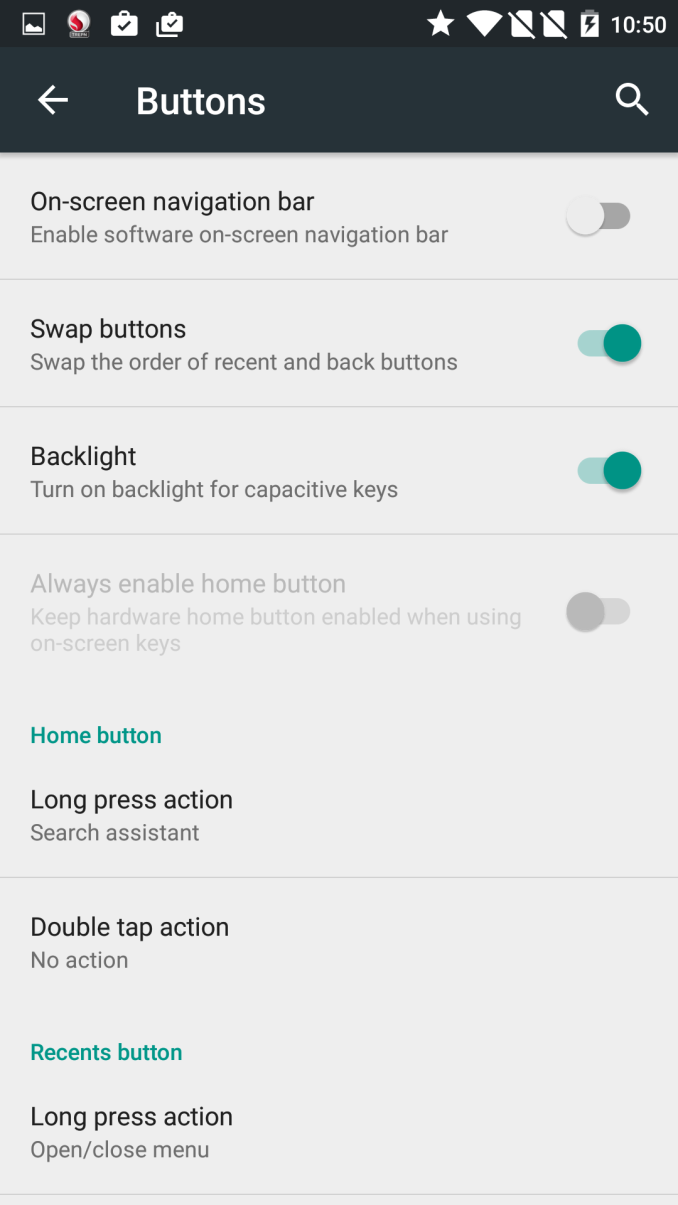
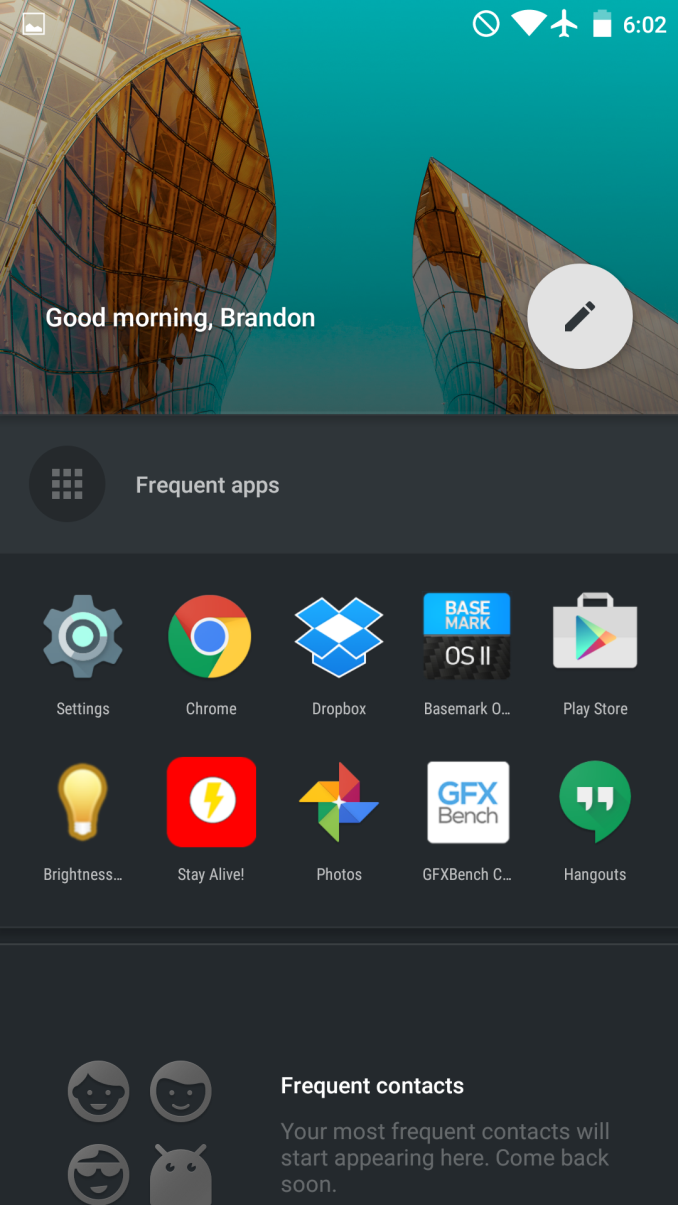
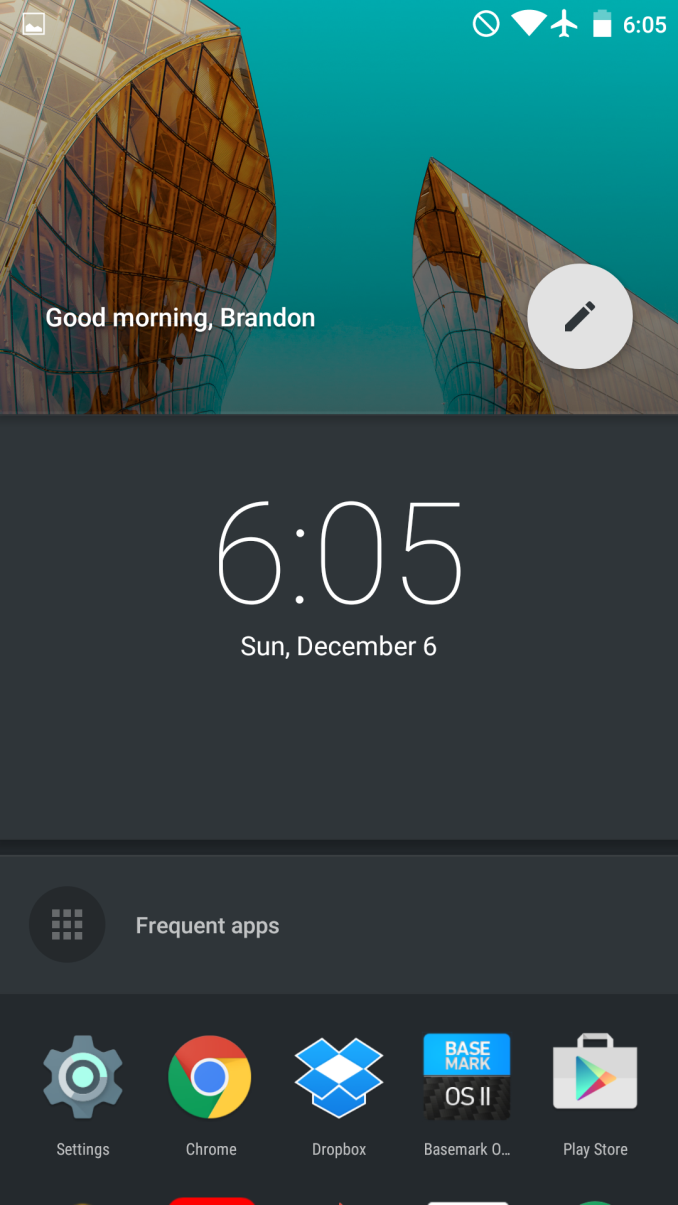








132 Comments
View All Comments
Huan - Monday, December 14, 2015 - link
Brandon Chester & Ryan Smith, great review as always. Seeing this terrible web browsing java script performance with A57 not activing at all. I am wondering is this review done on the latest OnePlus Two firmware?I currently have OnePlus Two, Galaxy S6 Edge and iPhone 6s Plus, the OnePlus Two is slower then iPhone 6s Plus on web browsing. But it has similar web browsing experience as Galaxy S6 Edge using Chrome.
I am full time engineer, and a part time wedding photographer, I always take picture in RAW and adjust white balance in Lightroom for post processing. When I compared the white point of iPhone 6s Plus ~7000K, to my OnePlus Two, it did look slightly colder, maybe ~7300K but not 8297K. I do noticed OnePlus have sourced panel from different OEMs, maybe I am just lucky and gotten a "more calibrate" display unit in the lottery.
Never the less, OnePlus using a tag line of "2016 Flagship Killer", the least they can do is to ensure consistent calibration on the display and actually build a good kernel that optimize battery life & thermals while taking advantage of SOC's full performance.
Brandon Chester - Monday, December 14, 2015 - link
It is indeed done with the latest firmware. As I mentioned, I also wiped the device to confirm that there wasn't anything weird going on. As an additional confirmation I actually wiped it again around thirty minutes ago, and re-ran the tests. Nothing has improved, and Kraken is actually much worse at 30,000ms because it takes 20,000ms to complete Astar.OnePlus has behavior to automatically detect when Chrome is open and shut off the entire A57 cluster. Even if you use CPUBurn to put extremely heavy loads that activate the A57s they will still shut off the moment you open Chrome. I posted a video of this on Twitter a little while ago to demonstrate it, and you can find it below.
https://twitter.com/nexusCFX/status/67654327791559...
Huan - Monday, December 14, 2015 - link
Brandon, thanks for the reply, I just run Kraken on the OnePlus Two with the latest firmware the best I can do is ~16,000 ms.This is such an unprofessional implementation of the kernel, the easy way out, rather then spending time optimizing performance, battery life and thermals.
grayson_carr - Tuesday, December 15, 2015 - link
The Exynos in the S6 is notoriously poorly optimized for Chrome and has very poor performance in Chrome. The web benchmarks you see on Anandtech for the S6 are using the Samsung browser, which is much better optimized for Exynos. So the OnePlus 2 performing similar to the S6 in Chrome is not a good thing since Qualcomm chips are typically well optimized in Chrome and should perform much better than the Exynos there.zeeBomb - Tuesday, December 15, 2015 - link
I think I read some where you can download chromium that is well optimized for new Qualcomm devices. For Samsung, maybe a binary lib can help but ima agree with you and recommended stock.Lavkesh - Monday, December 14, 2015 - link
What kind of a company parrots "flagship killer" all the time knowing how shitty their product is? Such a huge disappointment.danielfranklin - Tuesday, December 15, 2015 - link
A Chinese company...fguerro - Monday, December 14, 2015 - link
I have a One Plus 2 and out of the box noticed it was slower than expected. However, I installed a custom kernel and set the cpu governor to performance and turned on the A57 from two cores to four and wow, made a big difference in benchmarks and everyday use.3DMark is 1229
Basemark OS II 2.0 Overall is 1927
PCMark Work Performance Overall is 5196
Geekbench 3 Single-Core Score is 1265
Geekbench 3 Multi-Core Score is 5037
AnTuTu v5.7 is 67467
Quadrant Standard is 39128
zeeBomb - Tuesday, December 15, 2015 - link
Damnnn. What custom kernel + ROM are you using? Those are some insane gains.fguerro - Tuesday, December 15, 2015 - link
I'm using stock Oxygen OS 2.1.2 and the custom kernel is Boeffla